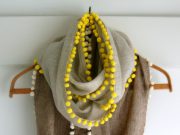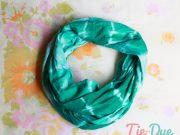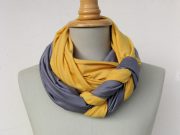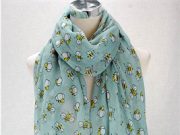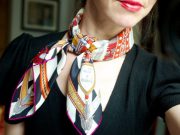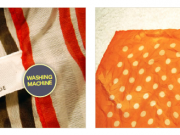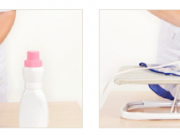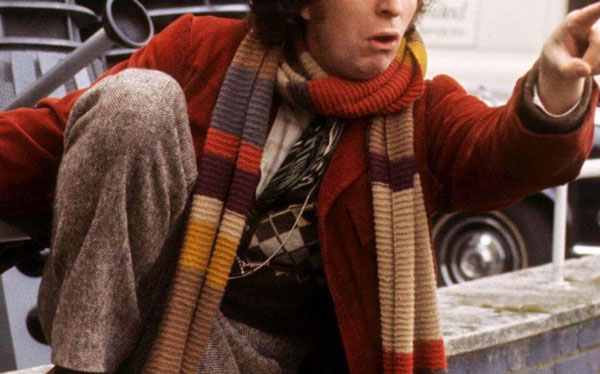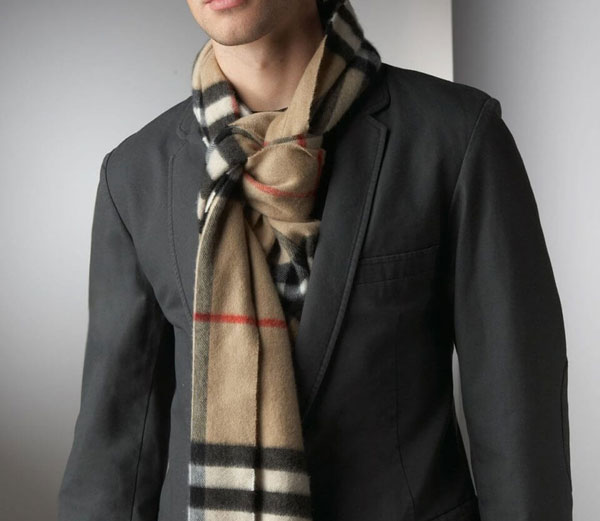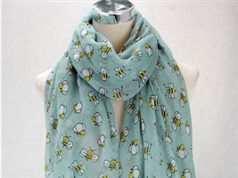Rule 1: Stay Simple
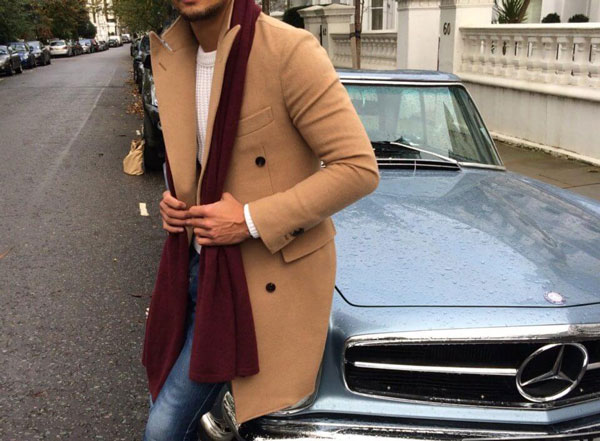
Generally speaking, if you are a man going about your ordinary business, your scarf should be a plain color or a simple pattern with a combination of very few hues. Save the feather boa for your weekend club activities or grinding away on parade floats. Like a noisy, garish tie, a flashy scarf reduces your professional estimation in the eyes of others.
Rule 2: Maintain Masculinity
For a couple of millennia, guys have worn scarves. They were previously a way to determine rank in the military, and there’s nothing effeminate about napalming villages or battling insurgents. Unlike ties, which are simple neck adornments, scarves are utilitarian and should generally look like it.
You need to make sure you’re getting a scarf for guys. Animal prints, whole murals, and gauzy items that can’t serve any purpose other than a ligature for stopping a serious bleed aren’t made for men.
Rule 3: Don’t Fear Flair
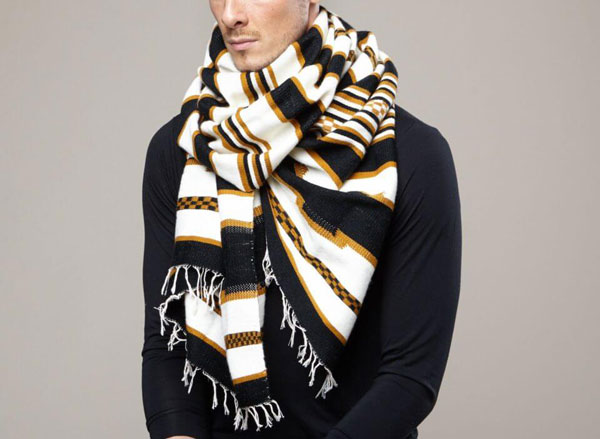
Simplicity and masculinity do not mean being boring. If you’re wearing a lot of gray and black, a scarf made of a rich burgundy breaks up your tired banker appearance and lets you show that you’re not a mortician out to collect a body. It’s supposed to be a basic flash of color, not a dazzling array. Don’t shy away from the paisley, just use it wisely.
Rule 4: Pick Your Pattern
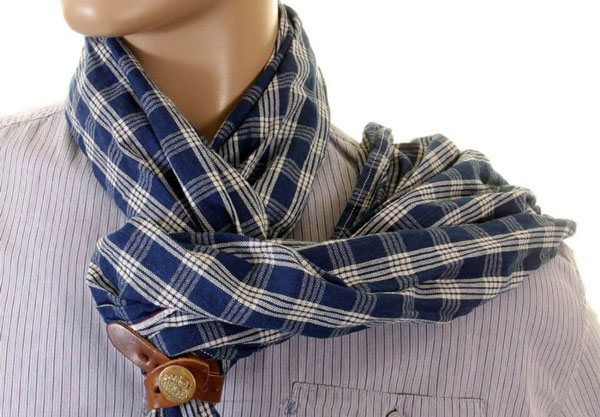
Basic plaid is fine. An understated polka-dot or striped is workable. Houndstooth or checked patterns might make the cut. 3 colors is often the rule to abide by. If it looks like a business tie, a classy pocket square, or resembles a business shirt or jacket pattern, you’re probably in the clear. If it looks like a belly dancer is going to unwind it during the Dance of the 7 Veils, leave it on the rack and report to your nearest machismo re-education facility for debriefing.
Rule 5: Favor the Right Fabrics
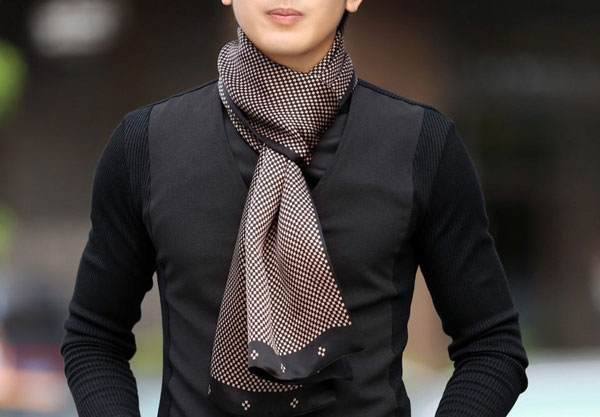
There’s not really a bad time to wear a scarf. Want to avoid brutal sunburn on your neck? Get yourself a lightweight linen or silk scarf. Then, when the temperature drops during the winter months, switch to a gentle or woven cashmere wool. You can also use a scarf to reduce your temperature in hot weather, since wrapping a wet scarf or neckerchief around your throat prevents you brain from overheating. It will avoid heatstroke and lasts longer than a wet hat or ‘do rag.
Rule 6: Limit the Fringe
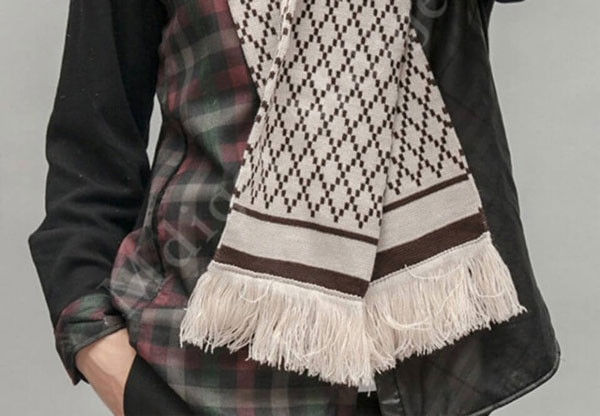
David Bowie and Prince could wear whatever the hell they wanted, but you aren’t either one of them. If the ends of your scarf look like Mia Sara’s jacket from Ferris Bueller’s Day Off, it’s probably a female scarf.
Rule 7: No Pins
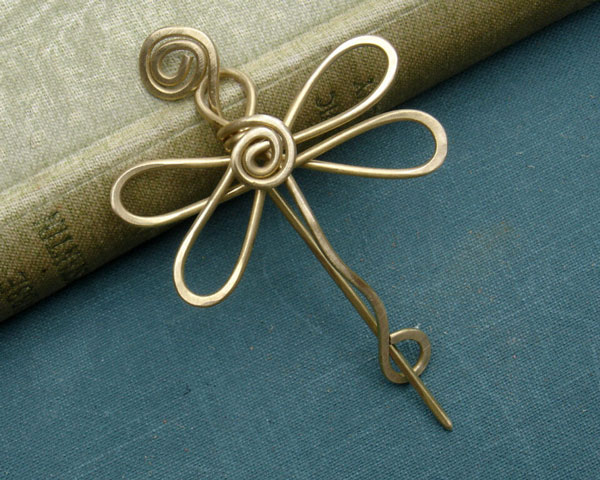
Scarf pins are generally not used on men’s scarves. Guys have lapels for their pins, so if you want to put your tasteful little flag somewhere, get it onto your coat or jacket.
Rule 8: Wear It Right
This shouldn’t be tough, but even guys who make an attempt at scarf wearing do all kinds of weird knotting procedures that make it look like they’re trying to lynch themselves, are injuring the fabric, or going to lose their new neck gear in the next stiff breeze. This leads us to 9 simple scarf tying styles to stick to. Each one follows the same basic pattern, which is the same as with a tie: Only one side does much of the moving with the other acting as an anchor.
Drape
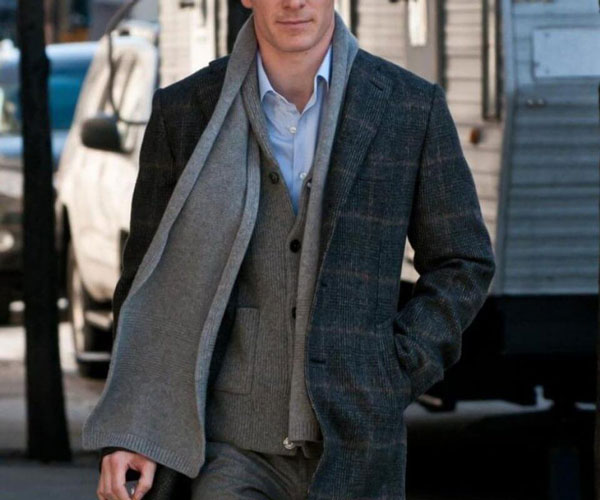
Even if you’ve never tied your shoe, you got this. Put the scarf under your jacket and just let it hang there. If it warms up and the scarf is overkill, weave it under the collar of your jacket and let the lapels hold it in place.
Single Loop
One side hangs longer than the other. Swing the long one all the way around your neck and leave it alone. Loose and easy, it’s ideal for autumn days that aren’t sub-zero.
Double Loop
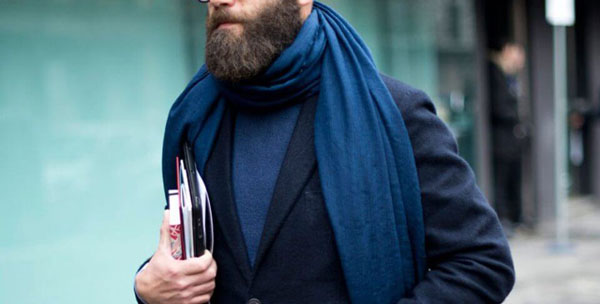 If you have a much longer scarf, are slighter in stature, or need a little more coverage at the neck, go twice around your neck making sure you have enough room to breathe.
If you have a much longer scarf, are slighter in stature, or need a little more coverage at the neck, go twice around your neck making sure you have enough room to breathe.
Bib
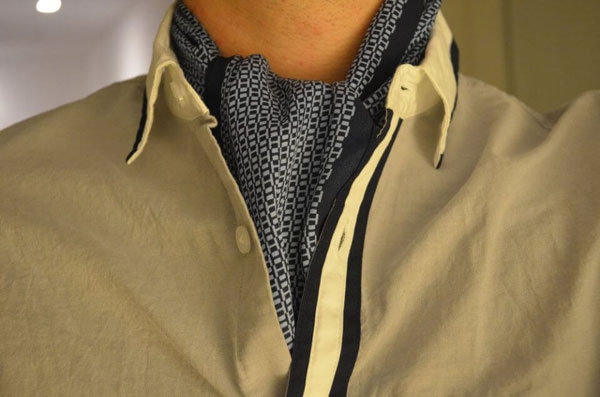 This is a rudimentary knot commonly used for ascots where your longer end loops once around the shorter end, rather than going around your head. It then comes through the front so everything gathers up at your chest. It’s best if you’re wearing a lightweight shirt and a jacket that leaves a lot of chest exposed.
This is a rudimentary knot commonly used for ascots where your longer end loops once around the shorter end, rather than going around your head. It then comes through the front so everything gathers up at your chest. It’s best if you’re wearing a lightweight shirt and a jacket that leaves a lot of chest exposed.
Reverse Drape
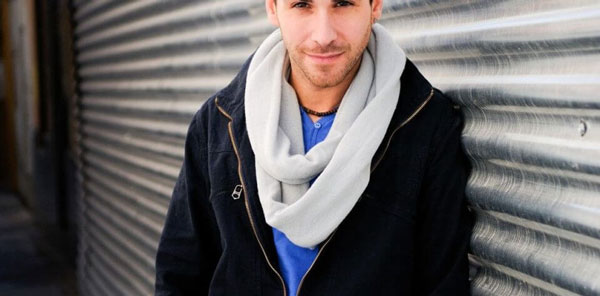 Begin with a basic drape, then put the ends over your back, the left side going over the right shoulder and vice versa. Both ends should hang down your back giving you a muffled appearance.
Begin with a basic drape, then put the ends over your back, the left side going over the right shoulder and vice versa. Both ends should hang down your back giving you a muffled appearance.
False Knot
All you do here is make a standard overhand knot with one end, then tuck the other into it before pulling it tight.
Wrapped Up
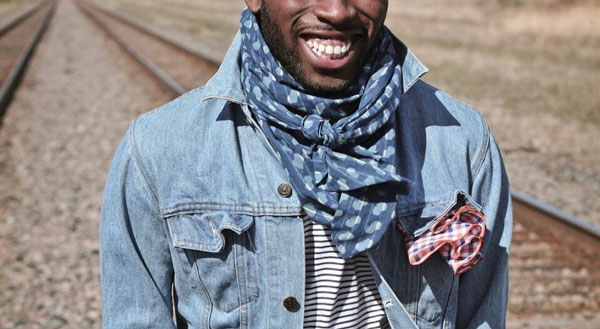 To give the sense that you have no ends to your scarf, you can either buy an infinity scarf, or put one end very close to your neck, then wrap until the entire thing is looped around your neck. Tuck the ends away and go.
To give the sense that you have no ends to your scarf, you can either buy an infinity scarf, or put one end very close to your neck, then wrap until the entire thing is looped around your neck. Tuck the ends away and go.
Cross Bib
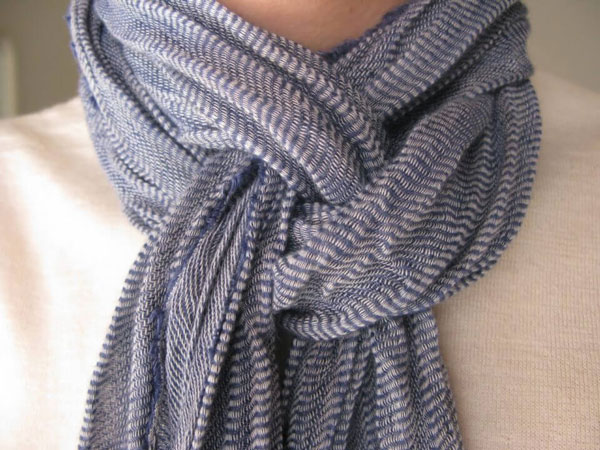 A slightly more advanced bib that is ideal for adding a professional air to your scarf and coat ensemble, go once around your neck, then make a half knot with the two ends, letting one end drape in front and the other hang behind.
A slightly more advanced bib that is ideal for adding a professional air to your scarf and coat ensemble, go once around your neck, then make a half knot with the two ends, letting one end drape in front and the other hang behind.
Tied Tuck
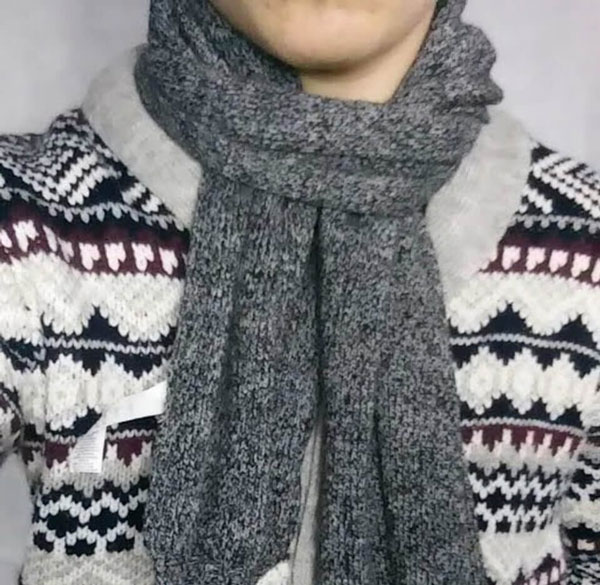
An advanced tie, you go once around your head with the long end, weaving it back under itself in front while pulling the short end up over the loop and tucking it in. The long end then goes around your head again and tucks into the second loop.
There’s a few other options at higher degrees of complexity, but these will get you covered for any occasion. Feel free to experiment and let us know what scarf knots you discover. Always remember, that’s your throat under there, so keep everything loose.









